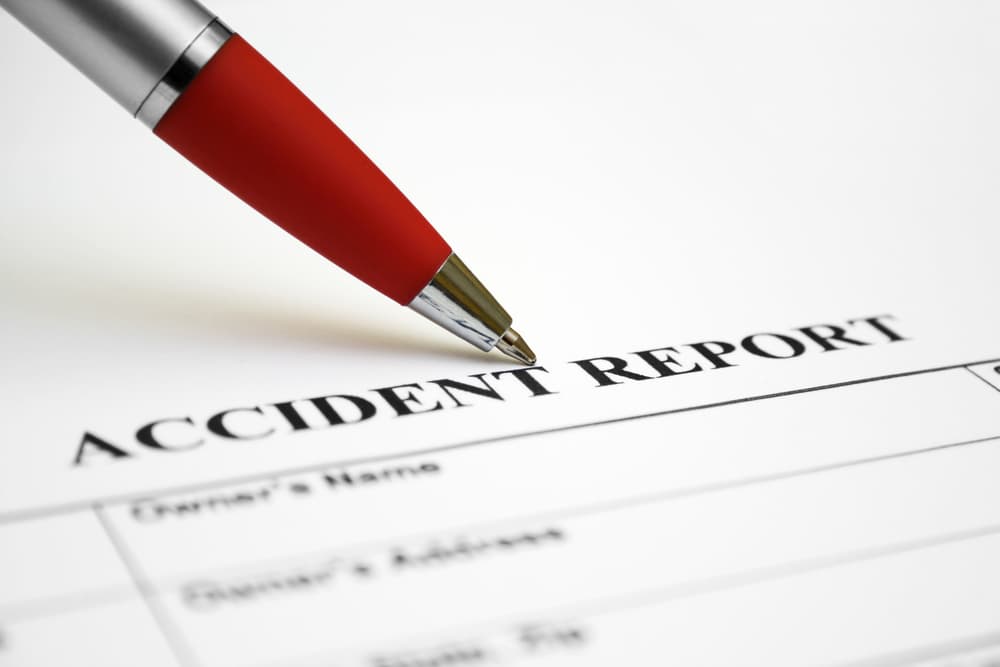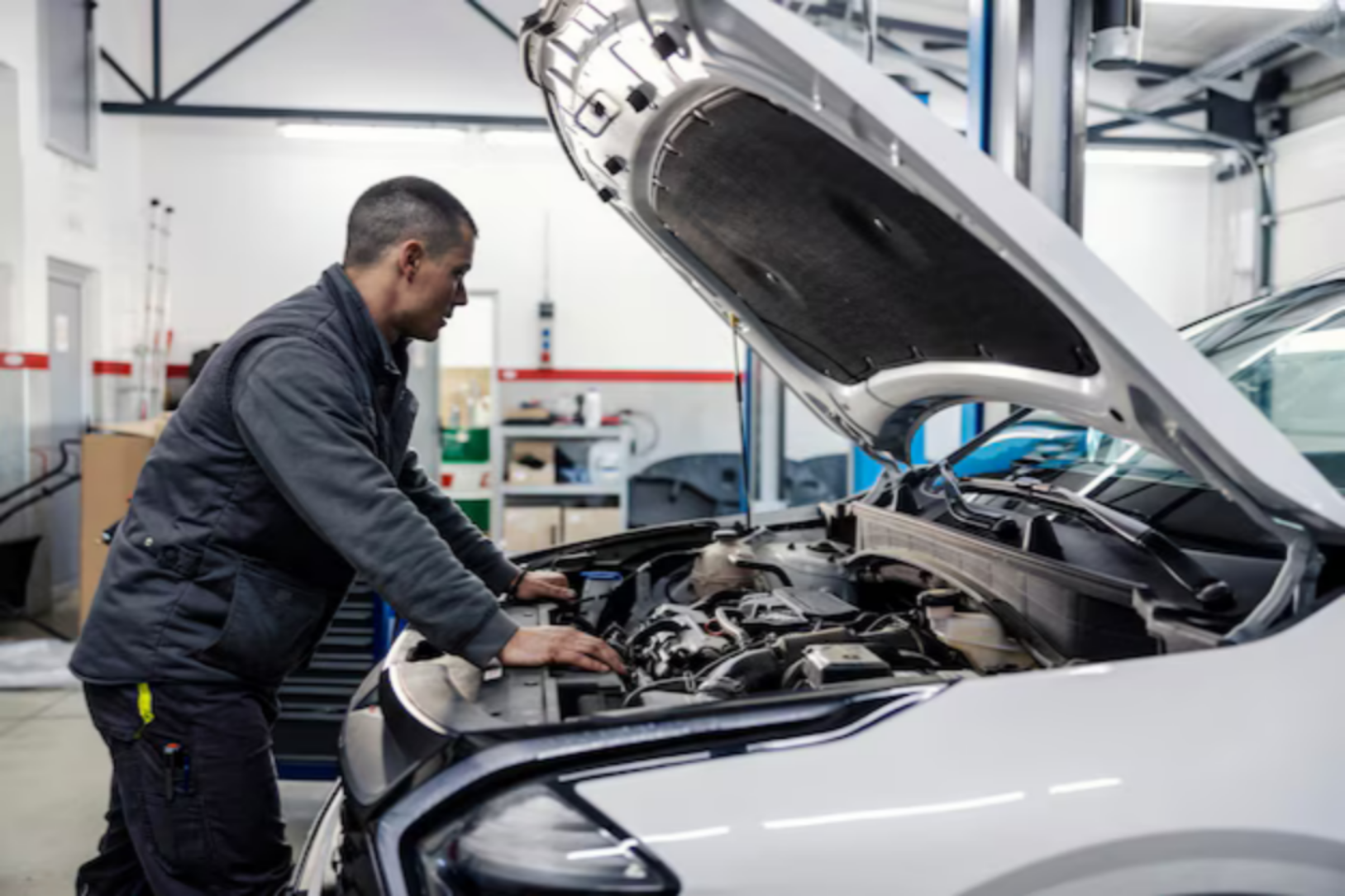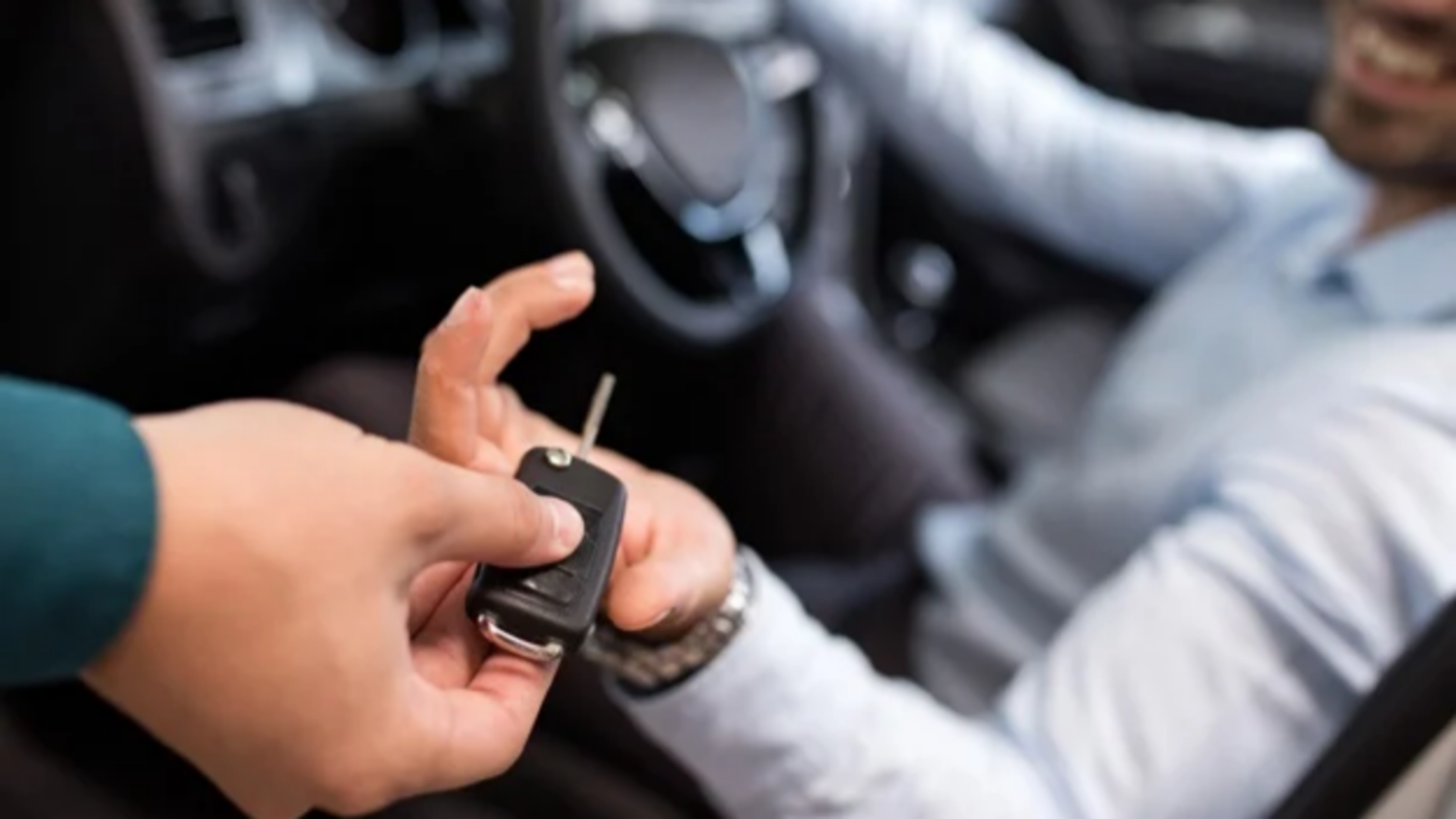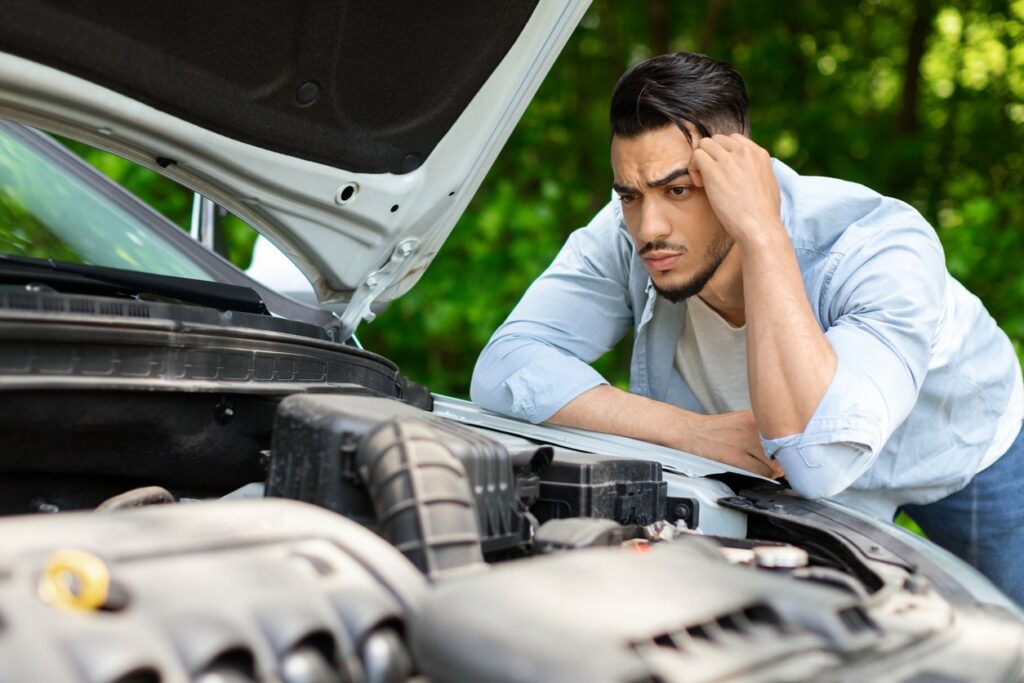When buying a used car or assessing your vehicle after an accident, checking the Car Accident History is crucial to ensuring safety and avoiding costly repairs. While visible dents and scratches are easy to identify, underlying structural issues, misaligned frames, and concealed mechanical damage can go unnoticed without a thorough inspection. In this guide, we’ll walk you through the key signs of hidden damage, how to inspect a vehicle properly, and what to do if you suspect past accidents have compromised its integrity.
1. Check the Car’s Accident History Report

First things first before you even touch the car, grab its accident history report. Think of it like a car’s diary it spills the tea on past crashes, repairs, and even flood damage. Services like Carfax or AutoCheck can give you a rundown using the VIN (Vehicle Identification Number). But here’s the catch: not every accident gets reported. Maybe it was a cash deal with no insurance claim, or a DIY fix in someone’s garage. So, while the report is a solid starting point, it’s not the whole story. Cross-check it with what you see and feel in person.
2. Inspect the Body for Misalignment
Walk around the car and look for anything that seems… off. Are the gaps between the doors and the body uneven? Does the hood sit a little wonky? Misalignment is a red flag that the car’s been through some trauma. Even if it’s been fixed, a bent frame or poorly aligned panels can mean the repair was more about looks than structural integrity. Run your fingers along the edges smooth, consistent lines are good jagged or wavy ones.
3. Look Under the Hood for Sneaky Repair

Pop the hood and play detective. Hidden damage loves to hide here. Check the radiator, battery mounts, and engine bay for signs of replacement or repair like mismatched bolts, fresh welds, or parts that look too new compared to the rest of the car. A crumpled radiator support or a patched-up firewall might mean a frontal hit that wasn’t properly fixed. And don’t skip the fluids leaks could hint at cracked lines or seals busted in a crash.
4. Examine the Frame and Chassis
The frame is the car’s backbone, and if it’s been compromised, you’ve got a problem. Get down low or jack it up if you can and scan the undercarriage. Look for bends, rust spots that don’t match the car’s age, or fresh undercoating that might be hiding welds. A straight frame should look, well, straight no kinks or twists. If you spot any weirdness, it’s a sign the car took a hit hard enough to mess with its skeleton. That’s not just a cosmetic issue; it could affect how the car drives or holds up in another crash.
5. Test Drive for Hidden Clues

Time to hit the road! A test drive isn’t just about how the car feels it’s a treasure hunt for hidden damage. Does it pull to one side when you let go of the wheel? That could mean suspension or alignment issues from a past wreck. Feel for vibrations or shaky steering those might point to bent axles or damaged wheel assemblies. Brake hard and see if it stops evenly; uneven braking could signal warped rotors or a tweaked chassis. Trust your gut if something feels off it probably is.
6. Spot Paint and Surface Cover-Ups
Run your eyes and hands over the paint job. Fresh paint on an older car can scream cover-up. Look for overspray on rubber trim or windows, or color mismatches between panels. A magnet’s your secret weapon here stick it to the body. If it doesn’t hold in spots, there’s likely body filler hiding dents or damage underneath. And don’t forget the headlights or taillights cracks or mismatched lenses can hint at a patched-together repair.
7. Listen for Weird Noises

Turn off the radio and roll down the windows. What do you hear? Squeaks, rattles, or clunks over bumps could mean loose parts or a suspension that’s been knocked out of whack. A humming or grinding noise might point to wheel bearings or a differential damaged in a crash. Even the exhaust listen for hisses or pops that could signal a cracked manifold or pipe from an impact. Your ears can catch what your eyes might so pay attention.
8. Get a Pro to Dig Deeper
Sometimes, you need backup. If you’re not 100% sure or the stakes are high like buying a car bring in a mechanic or body shop pro. They’ve got the tools think frame gauges and diagnostic scanners and the know-how to spot stuff you might overlook. It’s worth the small upfront cost to avoid a money pit later. Ask them to check the airbag system too deployed bags that weren’t replaced properly are a sneaky safety hazard.
Conclusion
Detecting hidden damage from a past Car Accident History is essential for ensuring safety, performance, and long-term value. While some issues may be obvious, others like frame misalignment, suspension damage, or concealed rust can go unnoticed without a detailed inspection. By carefully examining the vehicle’s history, looking for inconsistencies in paintwork, and getting a professional assessment when in doubt, you can avoid costly surprises down the road.








